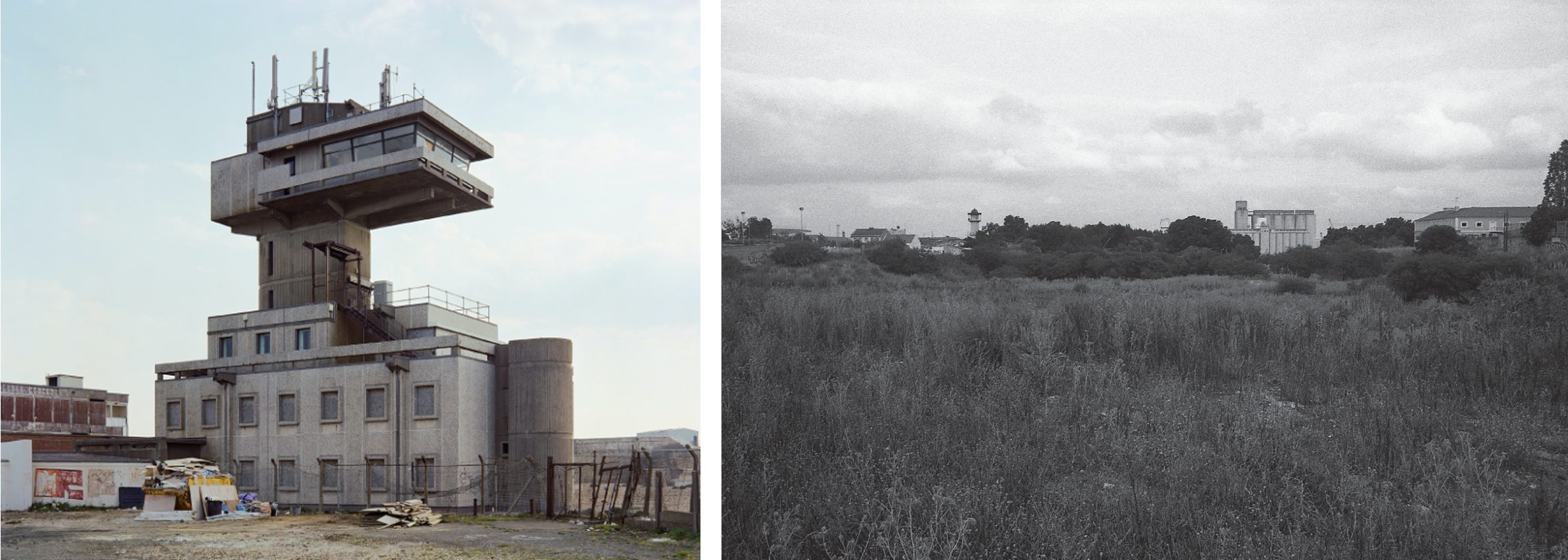
Visual Essays on Urbanity: A Photographic Journey through Architectural Transformations
##plugins.themes.immersion.article.figure##

Abstract
'The Visual Spaces of Change' (VSC) section emphasises the role of photography and various visual representation methods as pivotal in researching, documenting, and analysing the transformational aspects of architecture, urbanity, and territorial landscapes. This section acknowledges the intricate link between societal transformations and alterations in the spaces we inhabit, with recent historical events underscoring the swiftness of these spatial changes. The radical nature of these transformations has necessitated a consistent and urgent documentation of the impermanent nature of places. Places, inherently uncertain, are captured visually to preserve and understand their essence. Contemporary societal shifts, such as urban gentrification or health-related crises, have brought about significant changes in life patterns, leading to the creation of photographs that were once unimaginable. The VSC resides here, in documentary artistic projects that explore the expanded field of architecture, from its tangible manifestation to the experiences it fosters. It investigates various scales, new spatial configurations, architectural vernaculars, and urban vistas, while also probing into the discursive spaces that intersect with larger frameworks, including socio-cultural, political, historical, and technical realms.
By treating images as a form of visual language that is disseminated and interpreted across different global points[1], this section extends its dialogue. It opens up to incorporate diverse cultural viewpoints from various regions, places, and countries, using the specificities of each location to enhance our understanding of society and the territorial landscape. The strategy's objective is to promote the use of images in constructing artistic projects that offer critical reflections on the transformation of architecture and urban landscapes, influenced by the diverse ways they are perceived and experienced. Ultimately, the section seeks to utilise the contemporary significance of imagery, particularly photography, as a means to broaden knowledge. Photography is esteemed as a prime medium for interpreting architecture and for crafting imaginative narratives, navigating between reality and fiction, replication and alteration, and the amalgamation of analogue and digital visual forms, thus traversing various disciplines and blurring artistic demarcations.
The section commences with James Smith's visual essay "Temporal Dislocation", which explores the contrasting interplay between destruction and regeneration in our interactions with landscapes. Smith's photographic series highlights the recurring patterns of the natural world following human interference, driven by a profound phenomenological perspective. The series bridges the intentional composition by the photographer and the incidental engagement of the viewer with these reconfigured landscapes, positioning the photograph as a subtle form of communication that invites reevaluation of the common and omnipresent.
"Urban Wilderness: A Journey through Lisbon Terrain Vague" by Lorenzo Iannizzotto focuses on the piecemeal and indeterminate nature of the so-called "Terrain Vague" or "Urban Voids" in Lisbon. Iannizzotto employs photography as a means to explore and articulate these spaces, presenting them in a fragmented and sporadic fashion that honours their intrinsic features. His work uncovers the latent charm of these spaces, highlighting their considerable potential for urban development.
Cover images: Temporal Dislocation - Watchtower (2011) and 38°44’16”N 9°06’38”W (2023)
References
- Nathan Jurgenson - The Social Photo: On Photography and Social Media, Verso, 2019. p.13-14
Downloads
Most read articles by the same author(s)
- Pedro Leão Neto, Towards a collaborative notion of Utopia , SCOPIO MAGAZINE ARCHITECTURE, ART AND IMAGE: Vol. 1 No. 1 (2023): scopio Magazine AAI-Utopia
- Pedro Leão Neto, Maria Neto, José Carneiro, Next Edition and Scopio & Contrast International Conference , SCOPIO MAGAZINE ARCHITECTURE, ART AND IMAGE: Vol. 1 No. 1 (2023): scopio Magazine AAI-Utopia
- Pedro Leão Neto, Maria Neto, About the published content on each section , SCOPIO MAGAZINE ARCHITECTURE, ART AND IMAGE: Vol. 1 No. 1 (2023): scopio Magazine AAI-Utopia
- Pedro Leão Neto, About the jury’s evaluation , SCOPIO MAGAZINE ARCHITECTURE, ART AND IMAGE: Vol. 1 No. 1 (2023): scopio Magazine AAI-Utopia
- Pedro Leão Neto, Fátima Vieira, Drawing and Photography International Contest (DPIc) - Next Edition , SCOPIO MAGAZINE ARCHITECTURE, ART AND IMAGE: Vol. 1 No. 1 (2023): scopio Magazine AAI-Utopia
